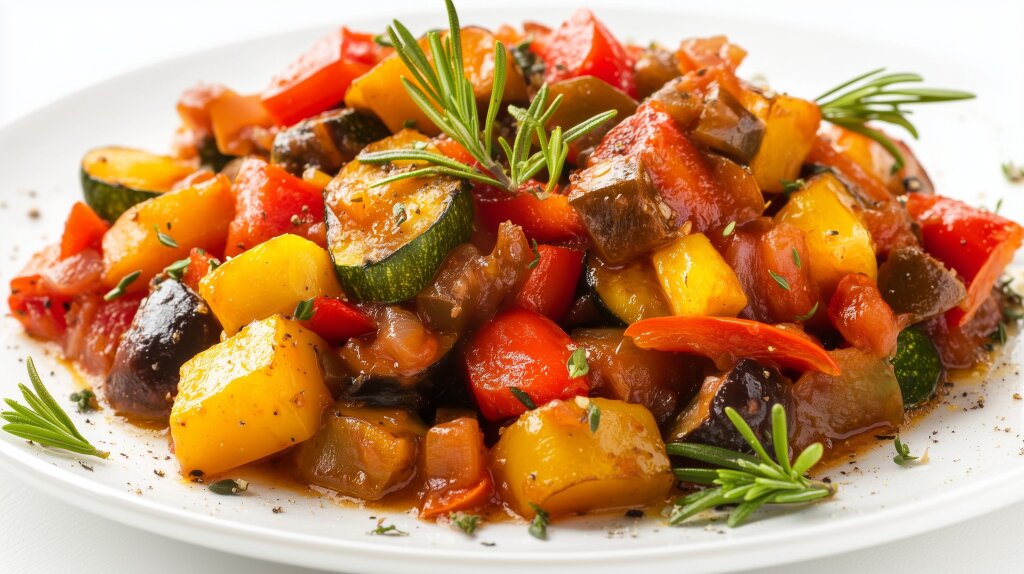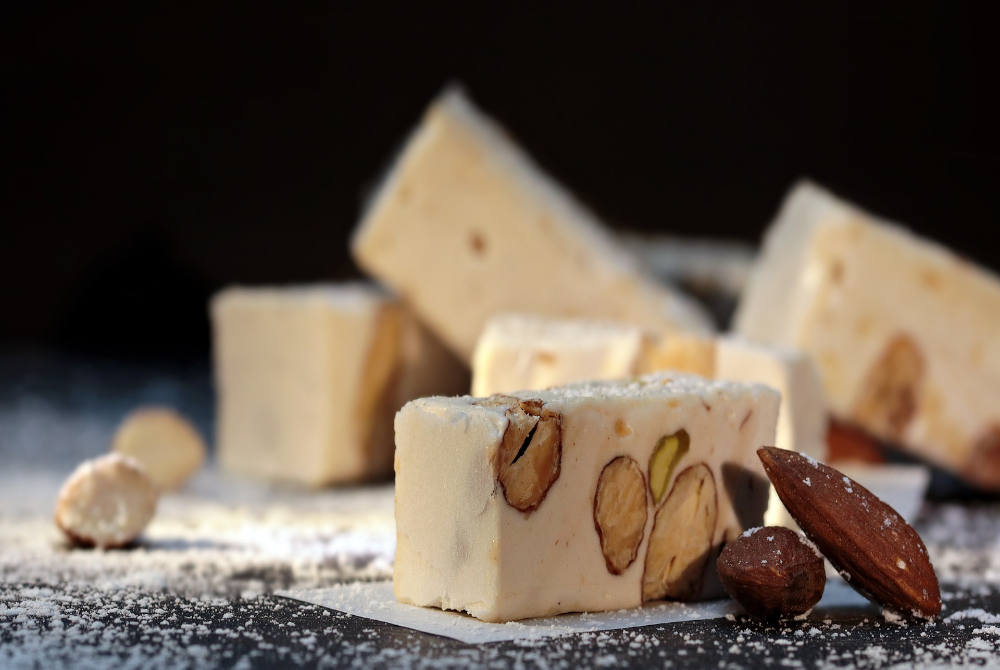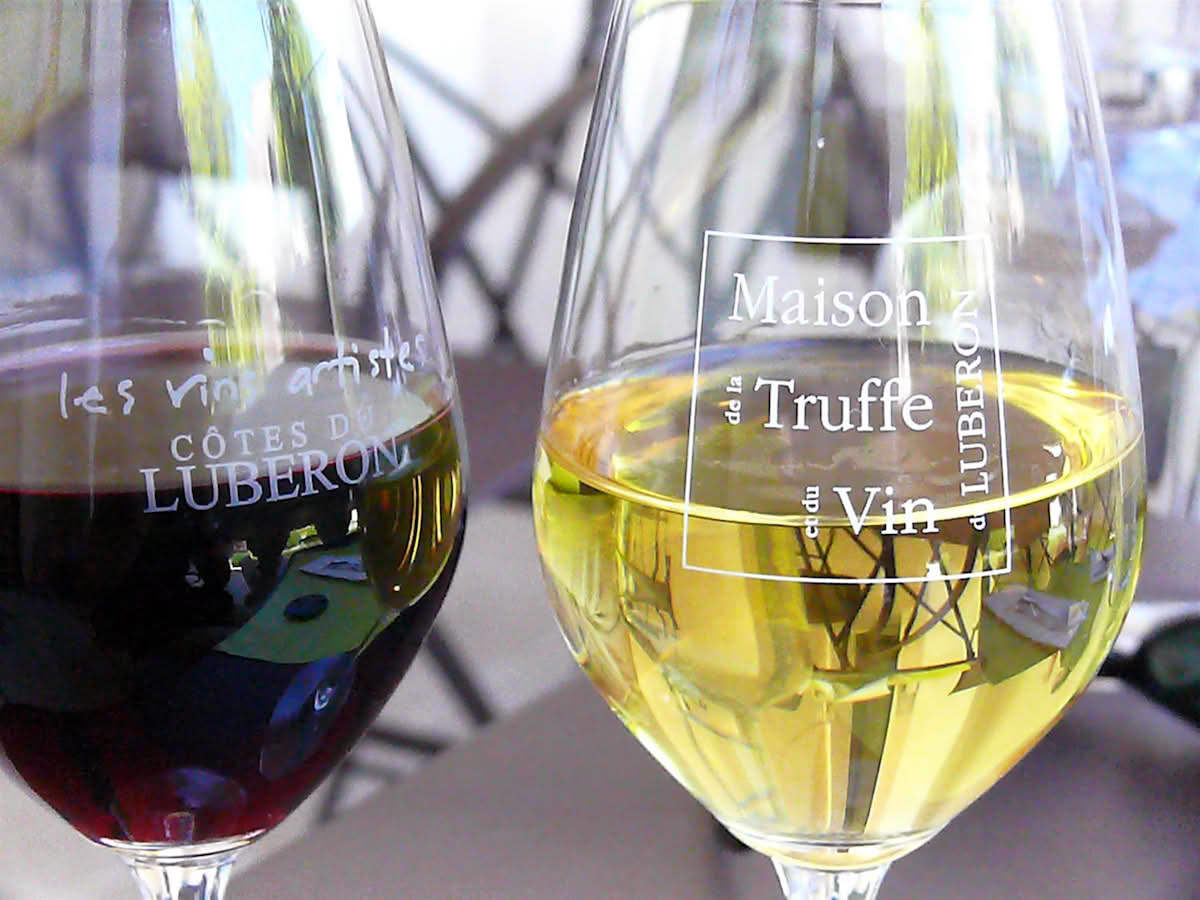Provence is a true paradise for food lovers. Every small village and hidden valley harbors its own ancestral recipes, local products, and unique specialties, often passed down from generation to generation. Here, gastronomy is much more than a sensory pleasure — it’s a way of life, a daily celebration of local produce and the rhythm of the seasons. Here’s a typical Provençal menu, along with suggestions and delicacies to enjoy throughout your stay.
Aperitif
From the very start of a meal, Provençal tables are adorned with sun-drenched flavors. The olive, the undisputed symbol of the region, comes in every imaginable form: green olives from the Vallée des Baux-de-Provence, AOP black olives from Nyons, cracked olives from the Vallée de la Durance, and of course, tapenade — a purée of olives blended with capers, anchovies, and olive oil. Some family-run estates, such as Moulin Castelas in Les Baux-de-Provence, even offer tastings on site.
To accompany these savory bites, no visit would be complete without the famous pastis — the emblematic anise-flavored aperitif, sipped slowly in the shade of plane trees. Beyond the classic Pastis 51 and Ricard, several small artisanal distilleries craft premium pastis infused with wild herbs such as fennel and savory, following secret recipes.

Starters
No culinary tour of Provence would be complete without mentioning the famous Cavaillon melon — one of the region’s iconic summer delights. Its sweet, fragrant, orange flesh pairs beautifully with thinly sliced cured ham or a few shavings of brousse, a local soft cheese. At the markets in Pernes-les-Fontaines or Coustellet, you’ll find entire stalls devoted to this beloved fruit.
Another classic starter is soupe au pistou, a summer vegetable soup enriched at the last moment with a pistou made from fresh basil, garlic, and olive oil. Each household has its own variation — some add locally grown coco beans, others fresh pasta or hearty lardons.
As for drinks, Provence rosé remains the undisputed favorite. The Luberon appellation produces elegant, often pale rosés with notes of grapefruit, wild strawberry, and white flowers. The rosés from Ventoux, slightly more robust, are also perfect for a relaxed summer aperitif.

Main Courses
Ratatouille is far more than just a simple vegetable dish — it’s Provence on a plate. Made with courgettes, aubergines, bell peppers, and tomatoes, it is slow-cooked with Provençal herbs, thyme, bay leaves, and generous splashes of olive oil. In Manosque, it’s sometimes served with scrambled eggs, while in Lourmarin, it can be enjoyed cold, almost confit-like.
Another must-try is daube provençale, a traditional beef stew simmered for hours in local red wine (typically a Côtes-du-Rhône or Ventoux), along with carrots, lardons, black olives, and aromatic herbs. Some recipes even add orange zest for a delicate fragrance. In Digne-les-Bains, daube is sometimes prepared with mutton or wild boar, depending on the season’s hunt.
Another Provençal classic is aïoli provençal, a dish of poached white fish (such as cod or salt cod) served with steamed vegetables and accompanied by a generous, garlicky sauce made from garlic and olive oil. Traditionally served on Fridays, it’s also a favorite at village fêtes and communal banquets.

Cheeses
Provence is home to countless artisanal dairies producing a variety of goat’s cheeses. Brousse du Rove, for example, is a fresh, light cheese made from raw goat’s milk, sometimes lightly sweetened and scented with orange blossom water for dessert. Tomme de Provence, aged and rubbed with wild herbs or grape must, pairs beautifully with a full-bodied red wine such as a Châteauneuf-du-Pape or a Côtes-du-Rhône Village.

Sweets and Desserts
The region abounds with traditional confectionery well worth discovering. Nougat de Sault, delicately flavored with lavender honey, calissons d’Aix, and navettes de Marseille (small biscuits scented with orange blossom) delight young and old alike. Apt’s market is also famous for its candied fruits, renowned throughout France.
Another beloved sweet is oreillettes, thin, crispy pastries dusted with icing sugar, often enjoyed during village festivities. Or try the Gâteau de Saint-Rémy, a generous brioche filled with dried fruits and chocolate chips, traditionally served during the town’s annual votive festival.


Drinks and Liqueurs
Alongside its wines, Provence also boasts a rich tradition of artisanal liqueurs. La Farigoule, a thyme liqueur produced in the Luberon, is often served as a digestif, as is Génépi, brought down from the nearby Alpine foothills. Walnut wine and lavender liqueur round out this generous local spirits repertoire.
